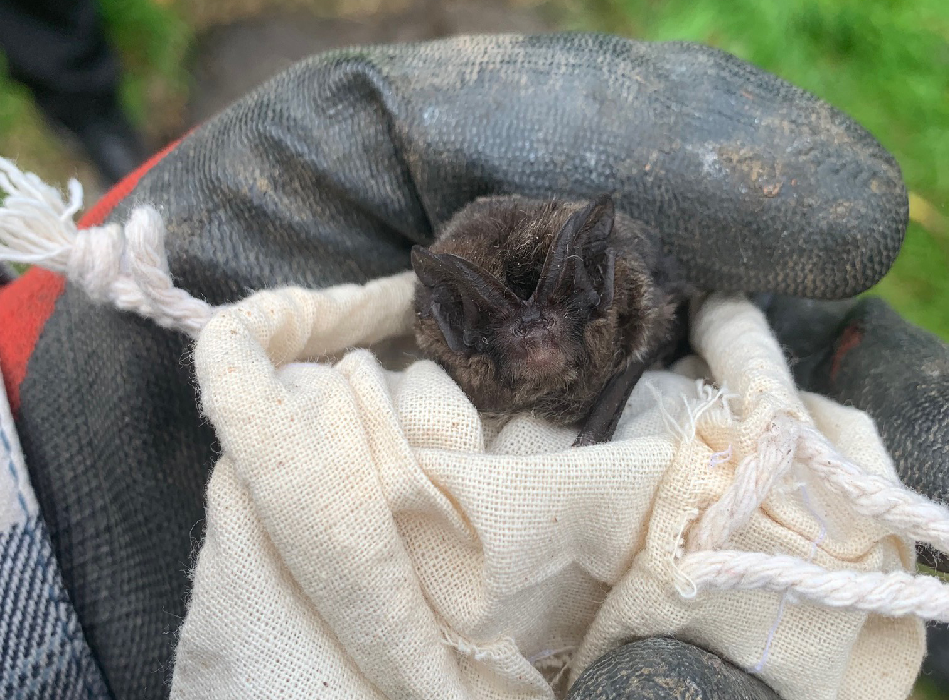For the June RIBA South Conservation Group talk, we will hear from Paul Whitby about the legal protection of bats and their roost sites and the potential conflicts from the renovation, modification, or repair of historic buildings, that pose a legal liability risk for owners. Understanding protected species legislation, requirements for planning consent, and the timings for suitable surveys of properties for bat presence is required to help ensure that a project can run smoothly.
By their nature, historic buildings tend to be more suitable for roosting bats due to their location (which is more typically rural) and the nature of older, more loose-fitting building materials, such as handmade clay tiles. Some bat roosts in historic buildings may have persisted for more than a century, in some cases several centuries.
We will look at examples of roost features that bats use and appropriate mitigation and compensation measures used to help ensure that bat conservation and historic buildings do not represent an excessive burdensome constraint, and indeed we will consider the positives that the presence of bats may have, and can provide to historic building owners and society.







